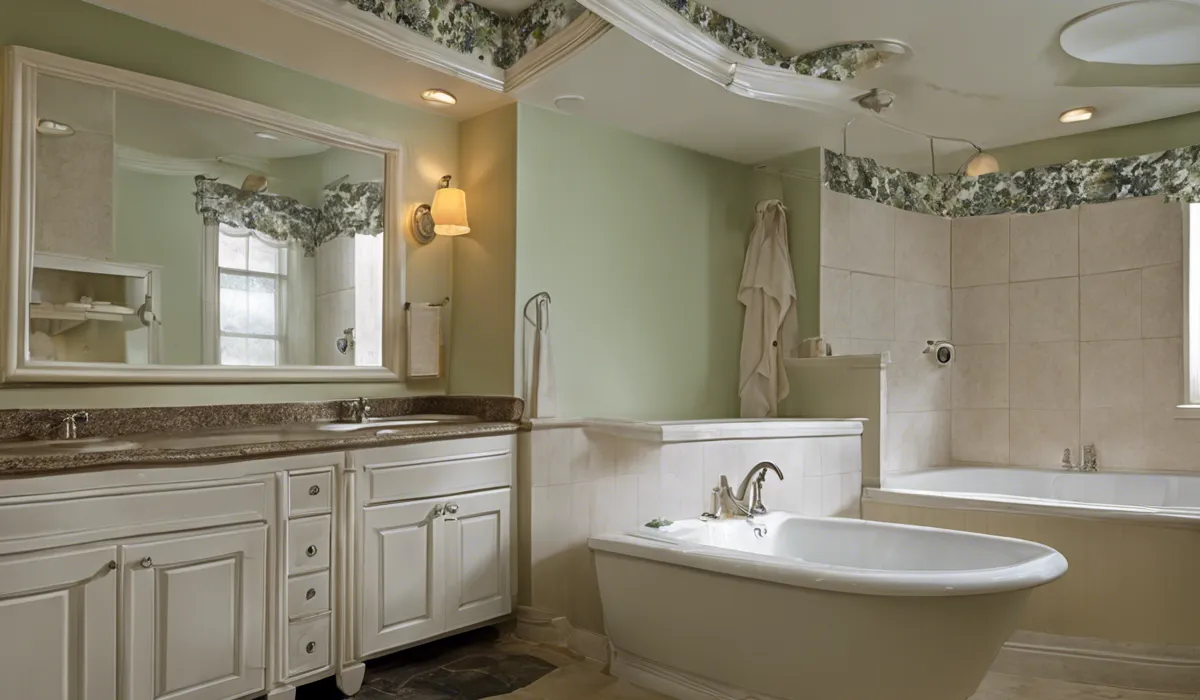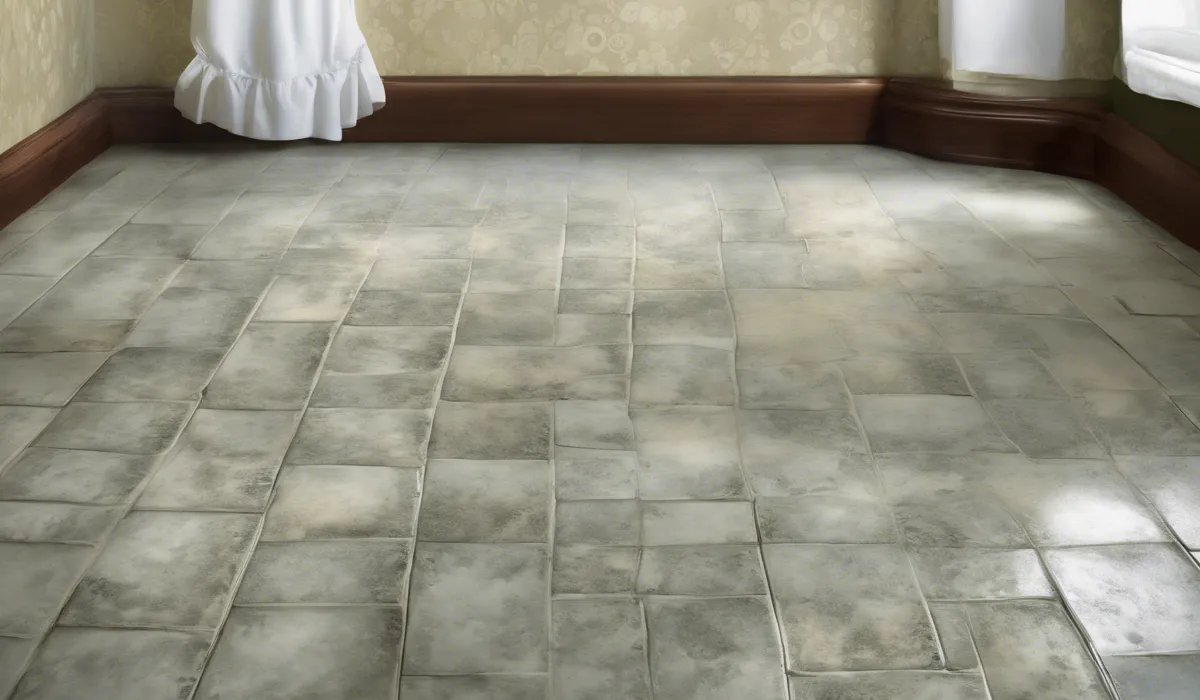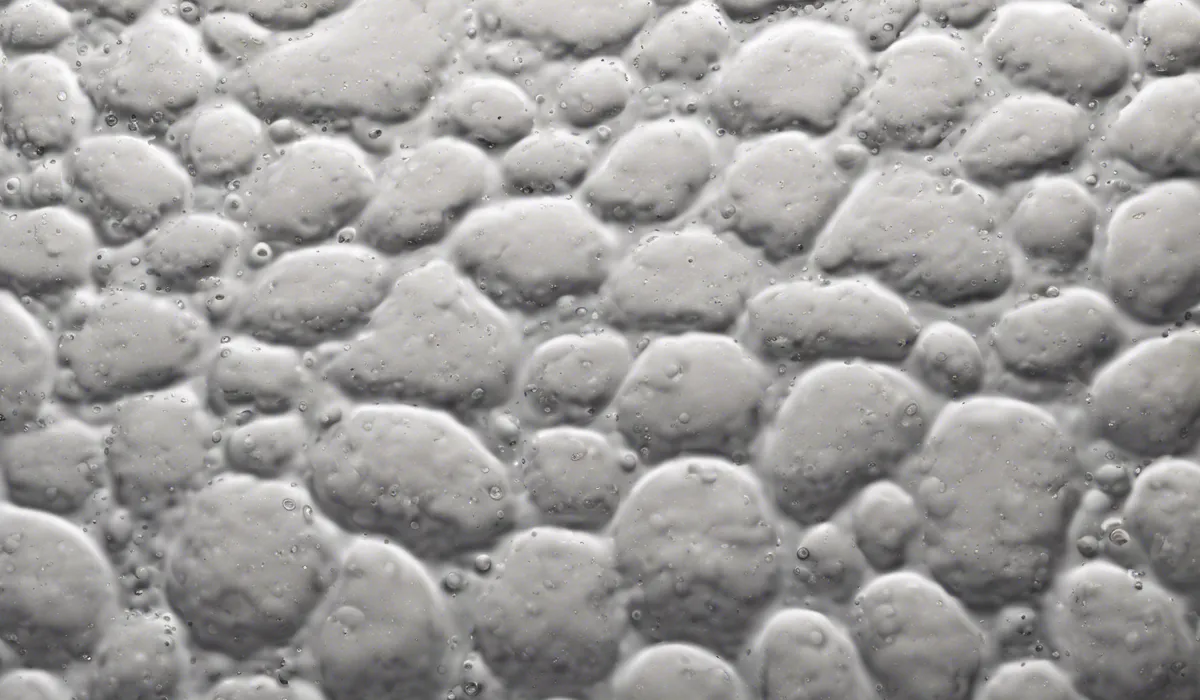To remove mildew mold, mix a solution of one part bleach to three parts water. Apply it to the affected area, let it sit for 10 minutes, then scrub with a brush and rinse. Always wear protective gloves and ensure good ventilation.
Identification and Assessment

Understanding What Mildew Mold Is
Mildew mold is a type of fungus that thrives in moist environments. It appears as a patch of grey or white that slowly turns black or brown as it grows.
Unlike plants that make their own food, mildew needs moisture and organic materials to survive. This means it often lives on damp surfaces in your home, like shower walls or window sills.
Differences Between Mildew and Mold
Mildew and mold are not the same. Mildew is a surface fungus, meaning it’s flat and stays on the surface.
Mold, however, can penetrate deeper into materials. Mold often looks fuzzy and can be various colors, like green, black, or yellow. Knowing the difference helps in tackling the problem correctly.
Common Areas Where Mildew Mold Appears
You might find mildew in damp places such as bathrooms, kitchens, or basements. It loves to grow on paper, fabrics, and walls, especially if they are wet.
Check around leaky windows, showers, and anywhere with poor airflow because these spots are likely to have mildew.
Health Risks Associated with Mildew Exposure
Breathing in mildew spores can cause health problems, especially for people with allergies or asthma.
It can make you sneeze, cough, or have a runny nose. For people with weak immune systems, it can lead to more serious infections. It’s important to get rid of mildew for your health.
Signs That You Have a Mildew Mold Problem
If you see small, black spots or smell a musty odor, you might have mildew. Walls or fabrics that feel damp or look discolored are also signs.
If your allergies get worse at home, it could be due to mildew. It’s best to check your home regularly for these signs.
Prevention and Maintenance

Importance of Humidity Control
Keeping the air dry in your home is key to stopping mildew growth. Use a dehumidifier to reduce moisture, especially in damp rooms like the basement.
Aim for humidity levels below 50% to keep mildew away. A simple tool called a hygrometer can help you measure the humidity.
Tips for Improving Ventilation
Fresh air helps dry out moist areas and reduce mildew. Open windows when the weather is nice, use exhaust fans in the bathroom and kitchen, and consider an air purifier. Airflow is important for a healthy home.
Best Practices for Cleaning and Drying Out Damp Areas
Clean spills and leaks right away, and dry wet areas within 24 to 48 hours to prevent mildew.
Use fans or dehumidifiers to dry out carpets, walls, or furniture that got wet. Regular cleaning with mildew-killing products also helps a lot.
Regular Maintenance Routines to Prevent Mildew Growth
Make a schedule to clean areas prone to mildew, like showers or window frames, every week. Check for leaks often and repair them quickly.
Keep gutters clean and make sure the ground around your home slopes away to keep water out.
Using Mold-Resistant Products in High-Risk Areas
There are paints and building materials that resist mildew. Use these in rooms that get wet, like bathrooms or kitchens. They cost a bit more, but they help keep your home safe from mildew.
Removal Techniques and Solutions

Safety Precautions Before Starting the Removal Process
Protect yourself before cleaning mildew. Wear gloves, a mask, and goggles. Make sure the room has plenty of air moving through it. If you feel sick while cleaning, go outside and breathe fresh air.
Natural Cleaning Solutions vs. Chemical-Based Products
You can use natural cleaners like vinegar or baking soda to fight mildew. They are safe and often work well.
But for tougher jobs, you might need stronger chemicals like bleach. Remember to never mix bleach with other cleaners because it can create dangerous gases.
Step-by-Step Guide for Removing Mildew from Various Surfaces
For hard surfaces, mix one part bleach with three parts water. Apply it to the mildew, let it sit for 10 minutes, then scrub with a brush.
Rinse the area well. For fabrics, use a mildew remover that’s safe for clothing and follow the instructions. Always do a patch test first.
When to Call in a Professional for Mildew Remediation
If mildew covers a large area or keeps coming back, it’s time to call a pro. They have special tools and knowledge to get rid of mildew safely.
If you’ve had flooding or a big water leak, a professional can make sure all the mildew is gone.
Post-Removal Steps to Ensure Mildew Does Not Return
After you get rid of mildew, keep the area dry to stop it from coming back. Use a dehumidifier or fan, repaint with mildew-resistant paint if needed, and keep up with regular cleaning. Watch for any signs of mildew and tackle them quickly.
FAQs About Removing Mildew Mold
What is the recommended bleach to water ratio for removing mildew mold?
The recommended ratio is one part bleach to three parts water.
How long should the bleach solution sit on the mildew mold before scrubbing?
Let the solution sit for 10 minutes before scrubbing.
What safety precautions should be taken when removing mildew mold?
Always wear protective gloves and ensure the area is well-ventilated.
What is the best tool to use for scrubbing away mildew mold?
Use a brush to scrub the affected area after applying the bleach solution.
Should the area be rinsed after scrubbing the mildew mold?
Yes, rinse the area thoroughly with water after scrubbing.
Final Thoughts
To combat mildew mold, a solution of one part bleach to three parts water is effective. Generously apply this mixture to the moldy surface, wait for 10 minutes, and then thoroughly scrub with a brush.
Afterward, rinse the area clean. During this process, it’s crucial to wear protective gloves and maintain proper ventilation in the space.
